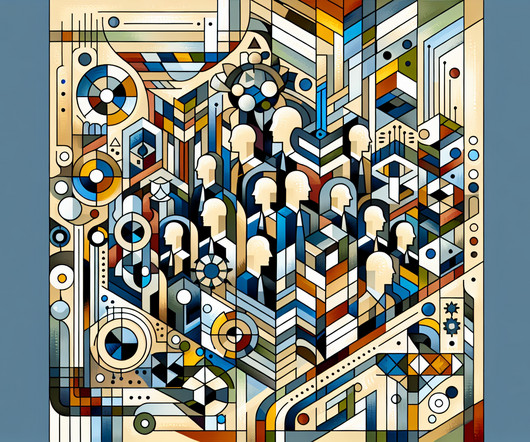Mastering the Art: Using Organizational Culture for Business Agility and Resilience
Leapfrogging
APRIL 3, 2024
It encompasses the values, beliefs, and behaviors that determine how a company’s employees and management interact and handle outside business transactions. Another effective method is the cultural audit, which involves a comprehensive review of company policies, procedures, and practices to see how they align with the desired culture.















Let's personalize your content